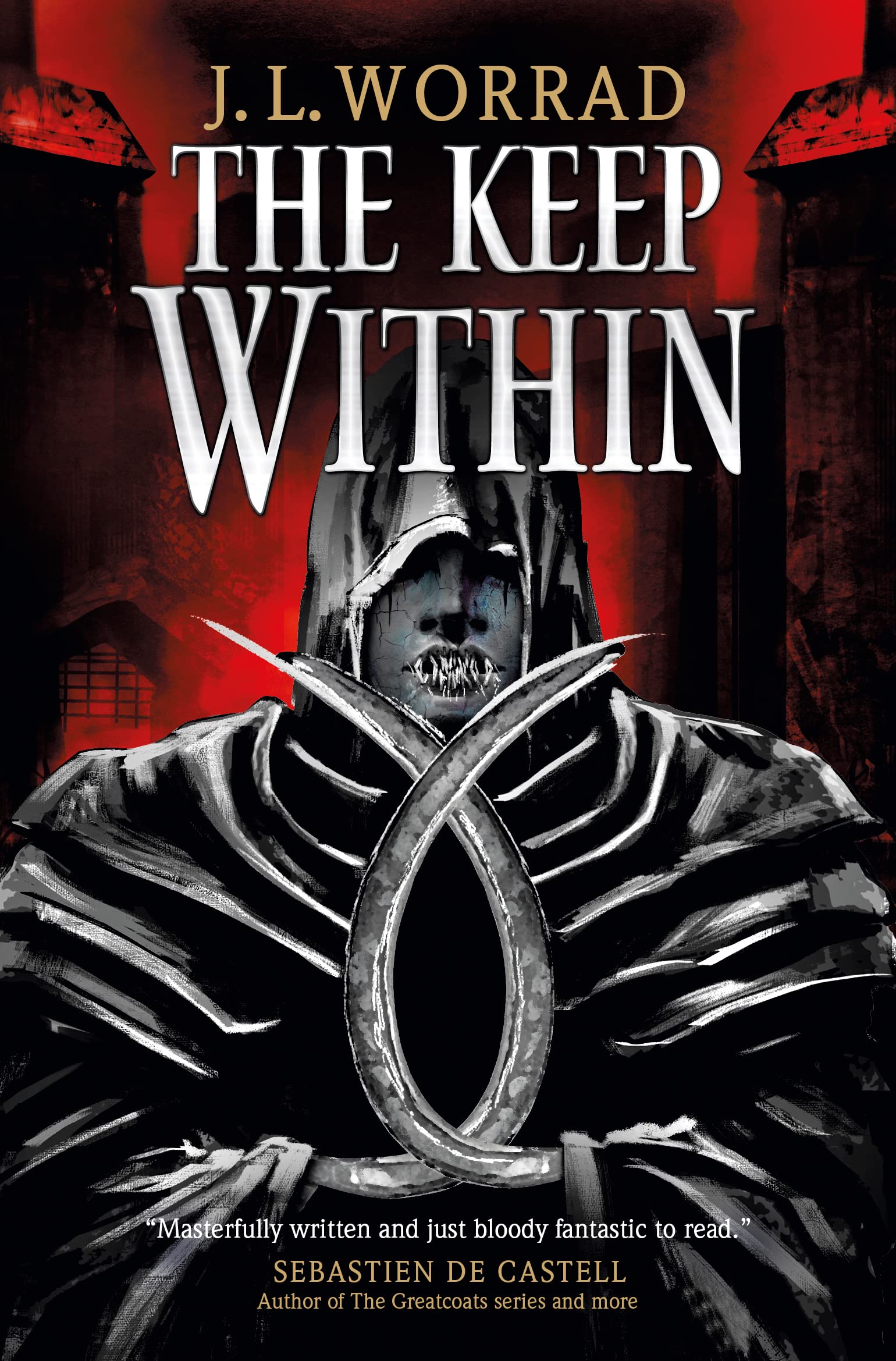Physical Address
304 North Cardinal St.
Dorchester Center, MA 02124
Physical Address
304 North Cardinal St.
Dorchester Center, MA 02124


Norman Mailer is the kind of writer people now assess by saying, “He could never get away with that today.” And perhaps that’s true. In Mailer’s case, the that they’re referring to could be his confrontational public statements, misbehavior on talk shows, ardent bad-boy meditations on sexuality and violence, propensity to drink, drug, and fight (literally butting heads with people at parties), and great lyrical swaths of his writing.
Forget what Mailer could or could not get away with today. He was fueling controversy and provocation 50 and 60 years ago; even then, he was a figure of singular outrage. It was part of his mission to make a difference in his time, to awaken us to societal happenings (not just the surface, but beneath it), to how the government and corporations were perfecting a new authoritarianism (something he was onto as early as 1948), and to the secrets and mysteries we lived inside. When Diana Trilling, a esteemed literary critic, declared Mailer “the most important writer of our time,” she wasn’t exaggerating.
Nobody wrote sentences like Norman Mailer. Sentences and thoughts like this one, from the documentary “How to Come Alive with Norman Mailer”: “A sense of light diminishes in all of us, which I think is the modern disease — that we’re all becoming duller, more conventional, more unimaginative. Technology drives us further and further away from our instincts. We’re flattening out people’s spirits. We’re surrounded by faces, but everyone is always incredibly alone.” For Mailer, passages like this were a kind of gauntlet, a call to turn away from the machine and connect with something elemental.
That’s what made some of us cling to his writing like a totem. Yet Mailer was also a fully fledged media character — confessionally sincere yet self-created. His public identity was a product of his own imagination and excessive feedback. Part of the lure of “How to Come Alive with Norman Mailer” is that although it’s a straightforward biographical portrait, in 100 minutes it weaves together multiple levels and dimensions of The Mailer Experience. It’s about Mailer the writer, the celebrity, the failure, the intoxicated ’50s underworld searcher, the culture warrior and provocateur, the literary blend of fiction and reality, the filmmaker, the serial husband and father, the talk-show firebrand, the self-dramatizing hooligan who stabbed his wife, and the obsessive artist.
The film opens, almost like a thriller, with the stabbing — Mailer’s most infamous episode. From the start, he becomes almost the villain of his own story. The incident occurred in the early hours of a party in 1960. Mailer’s marriage to Adele Morales had become increasingly fractious, and when she mocked him at the party, he attacked her with a pen knife; she could have died. This event could be a standalone documentary. For many, especially today, it remains a deal-breaker. They would not be interested in giving attention or credibility to a man who did such a thing.
But one need not defend Mailer’s descent into human evil. The film makes no attempt to rationalize or defend it; nor does Mailer. But the film insists on the complicated majesty of his writing — and how Mailer’s attempt to reckon with his actions fed into his transformative 1965 novel “An American Dream.” This novel, likened to “Crime and Punishment” set in New York glitz and power, reflects on Mailer’s darkest moment as a mirror he passed through.
Director Jeff Zimbalist looks at Mailer with a balance of understanding and critical wisdom. The archival footage he has expertly assembled allows us to revel in the charisma of the Mailer persona. He had a gift for turning every encounter into a mental game. The film is also an acute psychological portrait tracing the journey of Mailer’s evolution, presenting his “rules for coming alive,” starting with “Don’t Be a Nice Jewish Boy,” extending through “Be More Wrong Than You’re Right” and “Be Willing to Die for an Idea.”
“Be More Wrong Than You’re Right” was key to Mailer. He was willing to explore the limits of his ideas, pushing his thoughts until he was driven by intuition more than rationality. This was why he wasn’t always “right” and also why his writing could captivate; he delved beyond the surface to touch the essence of reality.
Mailer was married six times and had nine children, six of whom are interviewed in the documentary. He was an absentee father, gathering his kids for summers in the Hamptons, yet they seem to adore him. He had a protective quality. The film also explores his impulse for media exhibitionism, evident in his self-directed movie “Maidstone” (1970), a vérité ramble hinting at the birth of reality TV, climaxing with Rip Torn attacking Mailer on camera.
Another noteworthy event was the April 30, 1971, Town Hall face-off between Mailer and four prominent female thinkers about his book “The Prisoner of Sex.” The event, captured in “Town Bloody Hall,” showed Mailer engaged with the rising feminist movement. Despite being seen as a male-chauvinist enemy, Mailer had a profoundly engaged response to the rise of women, igniting battles that continue today.
Documentaries about artists often lack incisive critical voices. “How to Come Alive with Norman Mailer” features several, including James Wolcott, Mailer biographer J. Michael Lennon, Daphne Merkin, and David Denby, who captures the spiritual engine of Mailer’s writing. The documentary offers surprises even for Mailer fans. Despite Mailer’s seeming discord with today’s ethos, young readers might find themselves hooked on his works after seeing this film.
Source: source names



